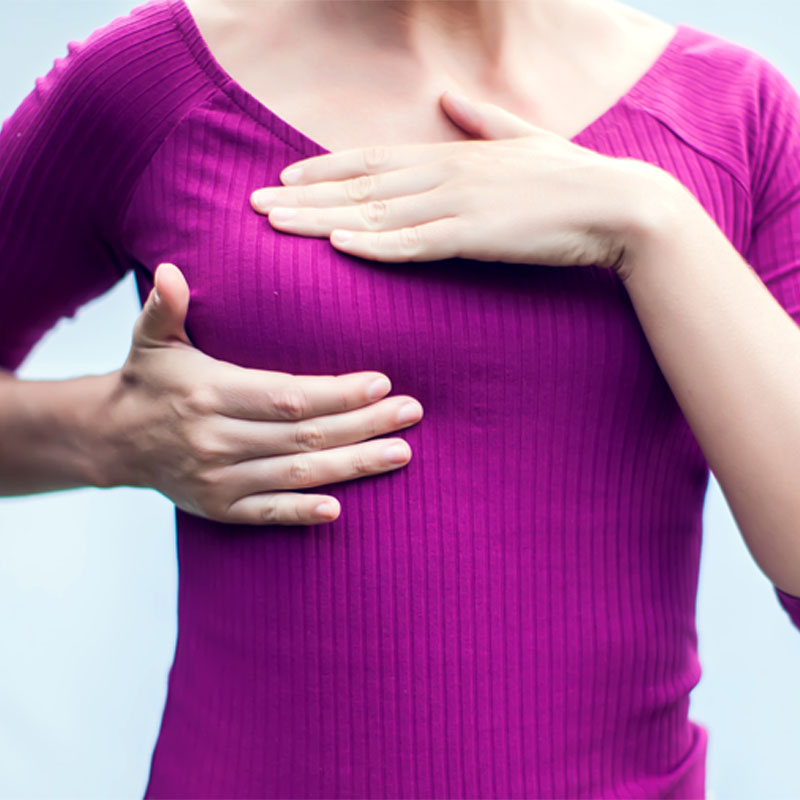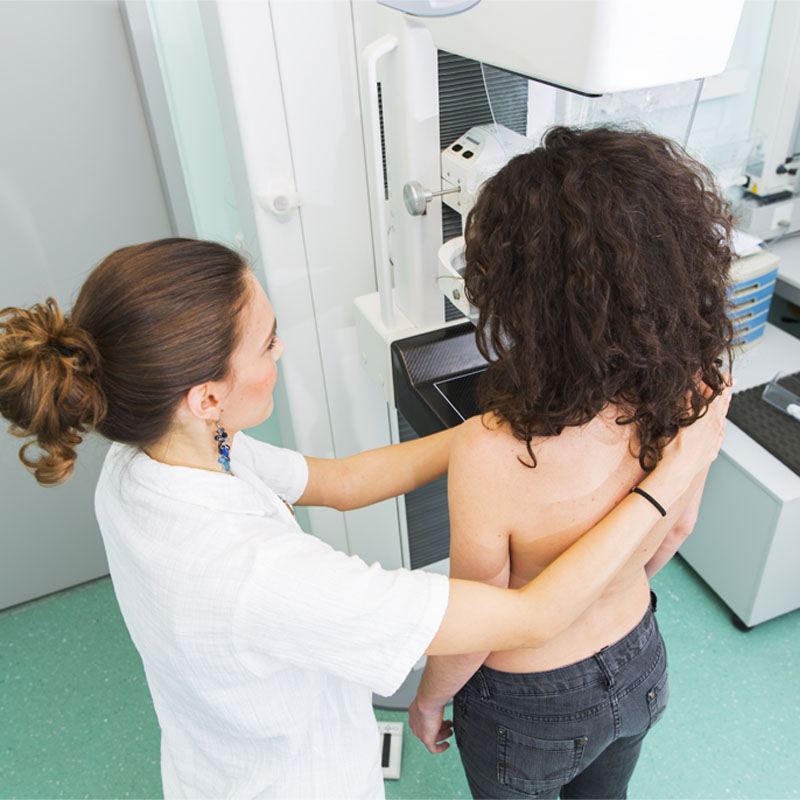Be Proactive! There are several steps that you and your health care provider can take to detect breast cancer. In general, the earlier breast cancer is found, the better your prognosis is. The key is to detect breast cancer before you experience symptoms. In this section, we will discuss the different screening methods which are available for breast cancer.
Screening for breast cancer

Breast Self-Exam
Women can and should examine their own breasts starting in their 20s. Performing regular self-exams allows a woman to know how her own breasts look and feel, which may make you more likely to report any changes to your doctor. If you choose to do a breast self-exam (BSE), you should have your technique reviewed by a medical professional.
There are three ways of performing a breast self-exam:
- Circular: Start at the outer edge of your breast and move fingers around the entire breast in a circular motion.
- Vertical: Start at your underarm area and move your fingers downwards and back up until you have checked your entire breast.
- Wedge: Start at the outer edge of your breast and move your fingers towards the nipple and back to the edge until you have checked the entire breast in small wedge-shaped sections.
And remember…Use the pads of your three middle fingers to feel your breast.
- Always check your underarm and upper chest as well.
- Apply different levels of pressure while doing a self-exam.
- Look at your breasts in a mirror to check for any visual changes, such as changes in breast shape and/or swelling.

Mammograms
A mammogram is an x-ray picture of the breast. It can detect lumps in your breast that you may not be able to see or feel. After the age of 40, a woman should start having a mammogram done annually. According to the World Health Organization, mammography is the most effective screening method for breast cancer. Mammography has also helped reduce the number of deaths from breast cancer in women ages 40-70. If you are a woman 40 years or older, you should have a mammogram performed every year.

